Latest

Quantum entanglement allows scientists to track time more accurately
Scientists have built atomic clocks with unprecedented levels of precision by harnessing quantum entanglement.
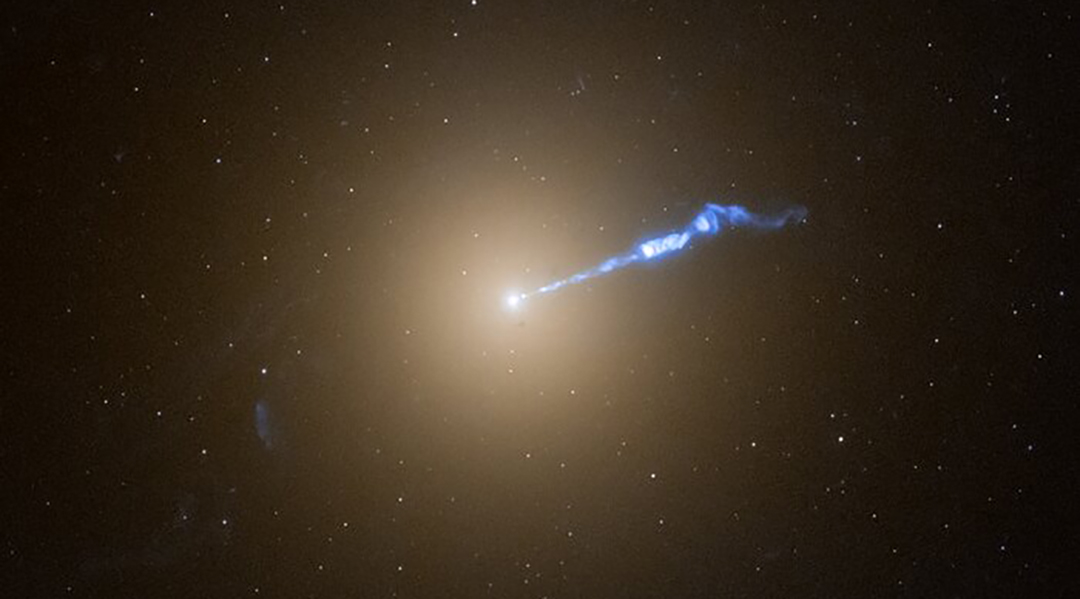
Black hole jet lights up dead stars like a cosmic blowtorch
Using the Hubble Space Telescope, astronomers discovered the jet from a black hole, triggering nova explosions along its path.

Could dark matter particles be colliding?
New research on dwarf galaxies challenges the idea that dark matter is collisionless, suggesting it may interact in unexpected ways
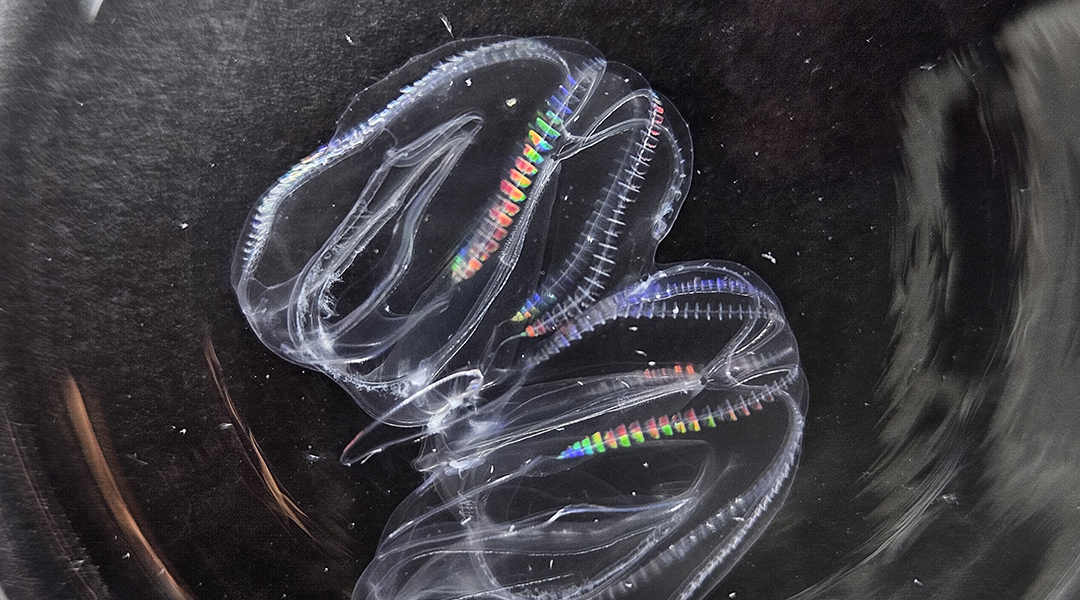
Fused comb jellies share their secrets of regeneration
Two individual comb jellies can fuse into a single organism, providing an incredible feat of regeneration rarely seen in the animal world.
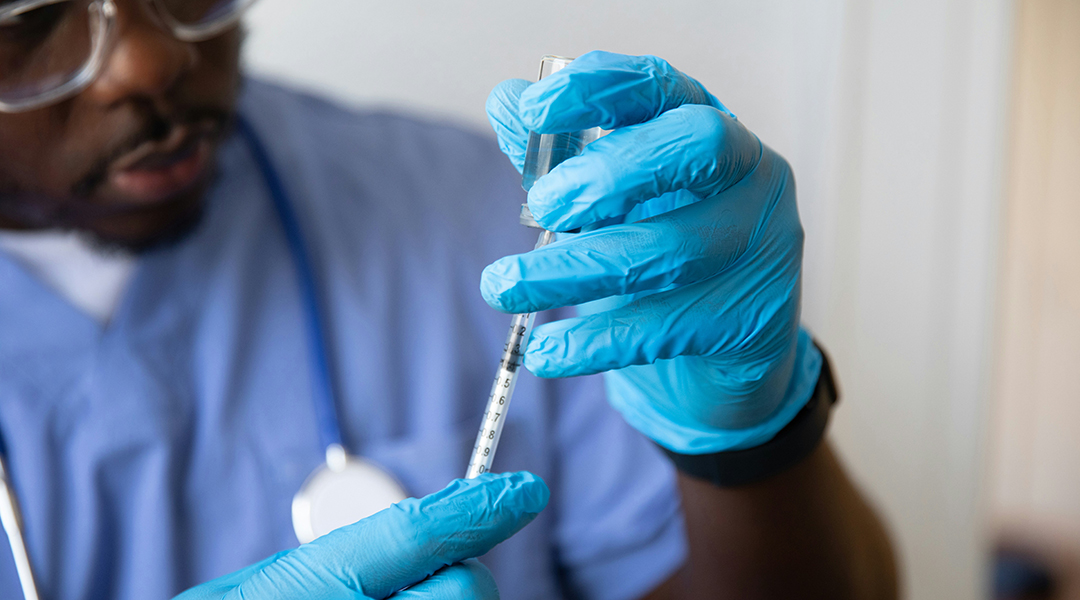
Enzymes help engineer safer, more effective vaccines
Researchers use enzymes to link antigens and adjuvants, creating safer and more effective vaccines by lowering the required adjuvant dosage.
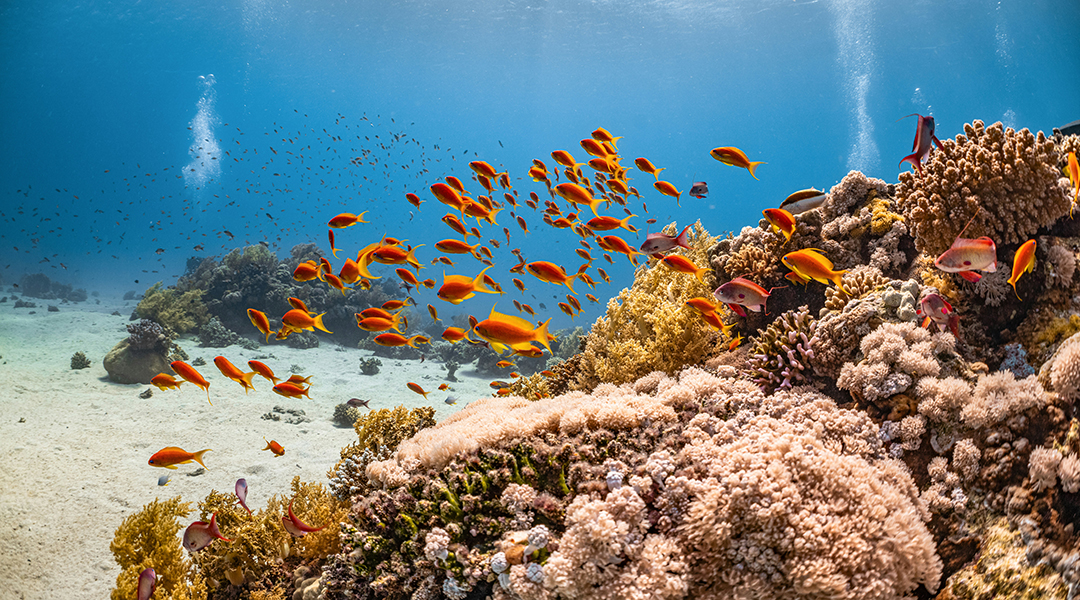
Network of coral reefs in Seychelles offer conservation hope
Mapping genetic connections between coral reefs allows scientists to identify and prioritize those acting as regional larval sources.

Amyloid beta: Bad for the brain, good for the liver
A new study finds that amyloid beta, a culprit in Alzheimer’s disease, is important for maintaining a healthy liver.
ASN Weekly
Sign up for our weekly newsletter and receive the latest science news directly to your inbox.
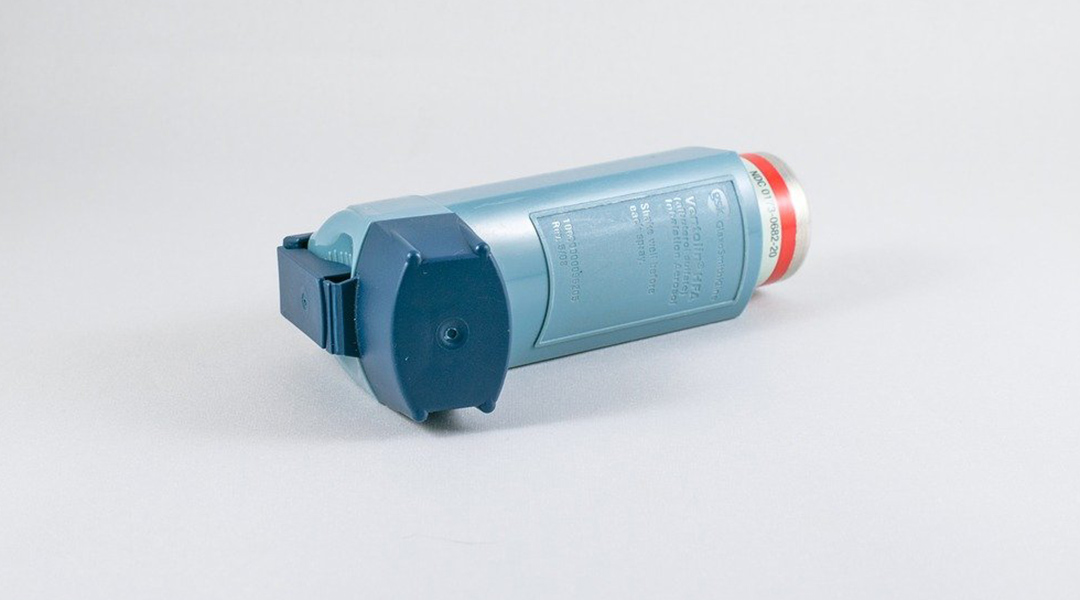
Finding a cure for asthma using biological signatures
Analyzing patients’ urine samples allowed researchers to identify a biomolecule which could one day lead to developing a cure for asthma.

Foldable and recyclable paper electronics
A conductive, cellulose-based nanopaper allows researchers to print paper electronics without needing expensive microfabrication techniques.
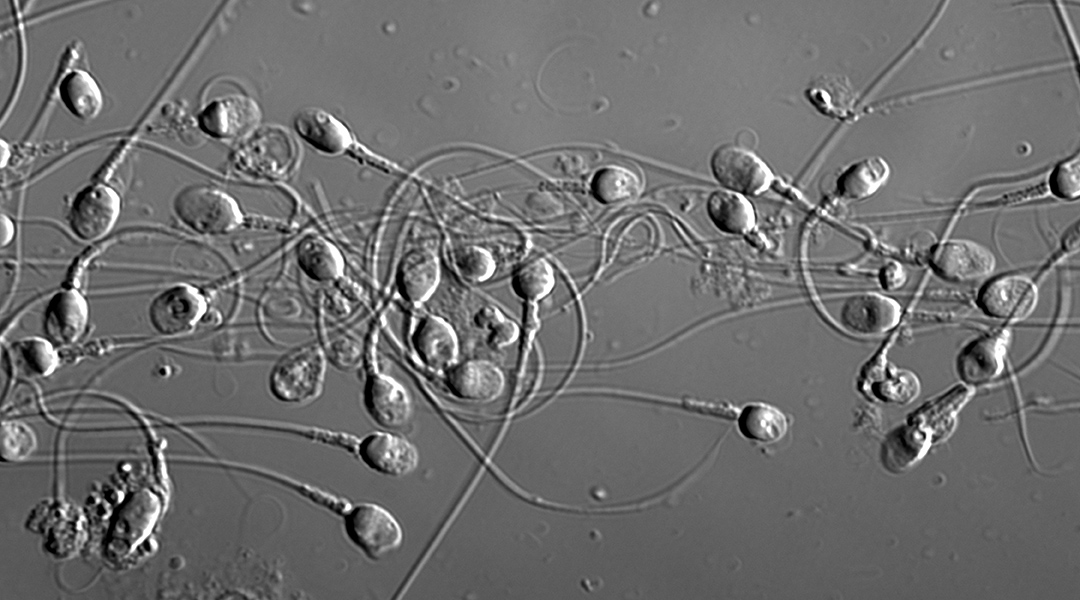
An artificial embryologist to improve the success of IVF
To help improve the success rates of fertility treatments, scientists are turning to AI to help standardize the sperm selection process.
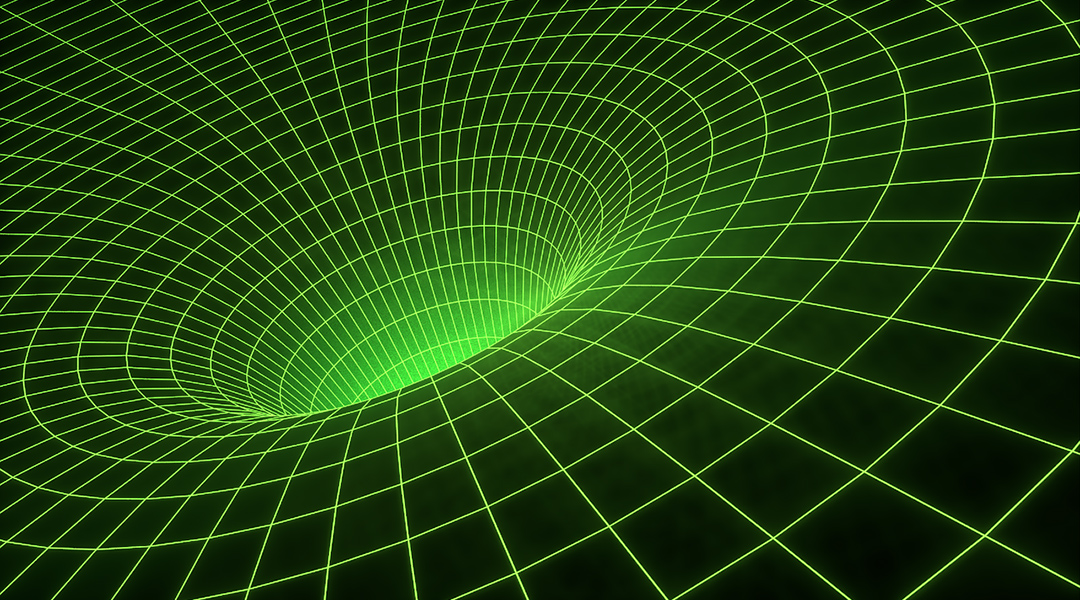
String theory used to describe the expanding universe
To address unknown quantum gravitational effects in the early universe, physicists have recruited string theory to help solve the problem.

Artificial physicist to unravel the laws of nature
Scientists hope that a new machine learning algorithm could one day be used to automate the discovery of new physical laws.

How sunflower pollen protects bees from pathogens
Planting sunflowers in pollinator habitats can boost bee health by providing them with pollen that protects against intestinal pathogens.
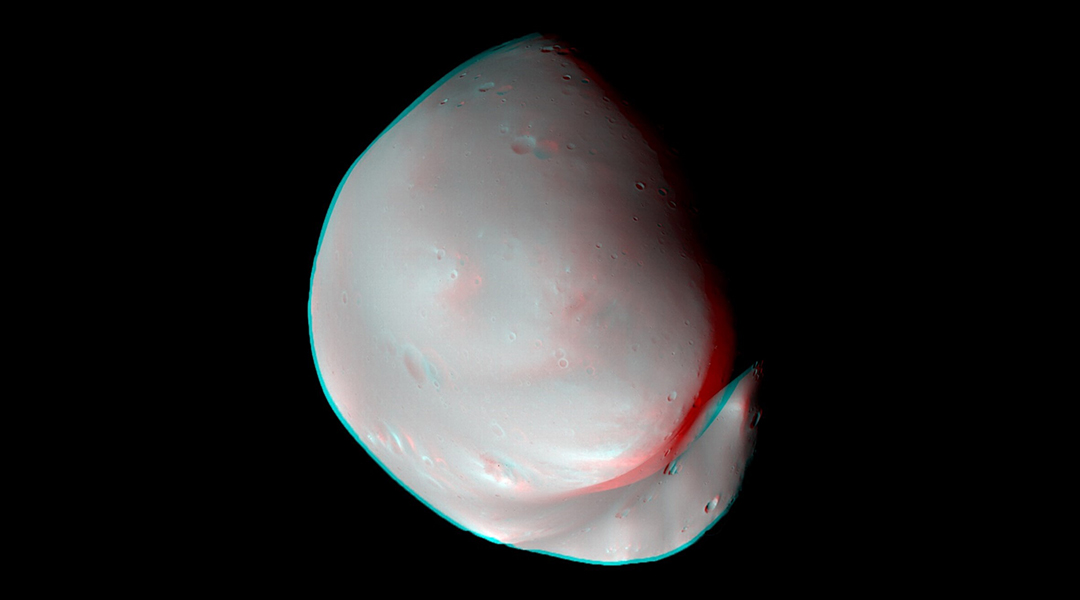
How close-ups of Mars’ moon Deimos are a game-changer for the UAE
“People in the Emirates think differently now, school students dream of going to space, of being a scientist. That’s the real goal.”

Bio-inspired device mimics natural hearing to outshine cochlear implants
Mimicking a part of the inner ear, a specialized hearing device converts vibrations into nerve signals without needing a battery.

Using light to power wireless brain-like computers
An optical device uses light-based signals for computation and communication and is a vital step toward advanced neuromorphic computers.
No Results Found
The page you requested could not be found. Try refining your search, or use the navigation above to locate the post.
No Results Found
The page you requested could not be found. Try refining your search, or use the navigation above to locate the post.
No Results Found
The page you requested could not be found. Try refining your search, or use the navigation above to locate the post.
No Results Found
The page you requested could not be found. Try refining your search, or use the navigation above to locate the post.
No Results Found
The page you requested could not be found. Try refining your search, or use the navigation above to locate the post.
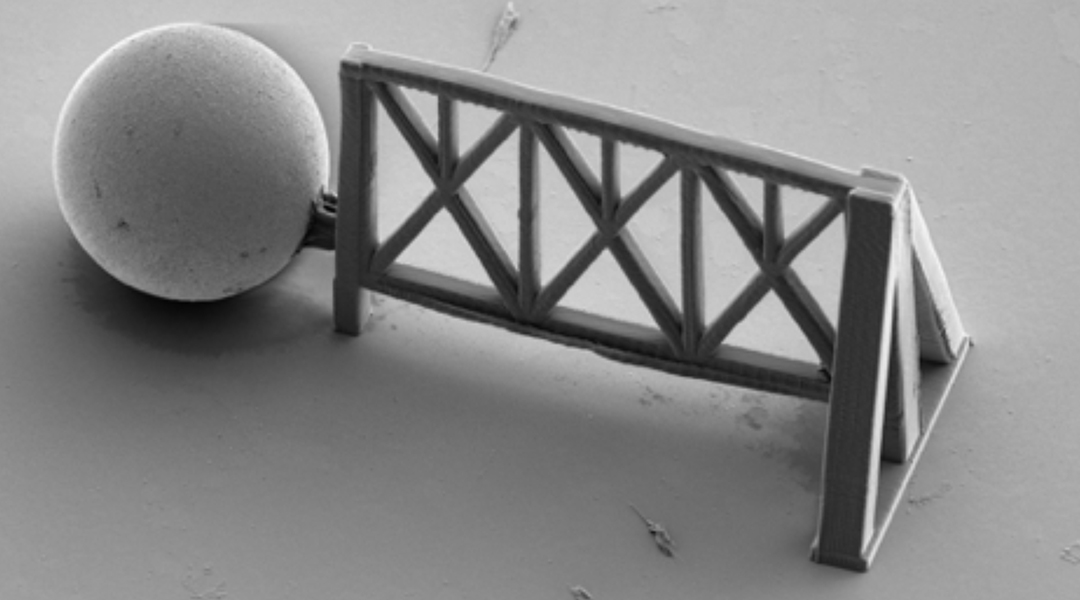
3D printing mimics human tissue for breakthrough discoveries
Scientists employ cutting-edge 3D printing to recreate human-like tissue, promising a breakthrough in cellular research and potential insights into aging and disease.

Integrating mind-body therapies can help cancer patients with anxiety and depression
How embracing complementary therapies for depression and anxiety during cancer therapy can be a powerful way to enhance quality of life and patient outcomes.
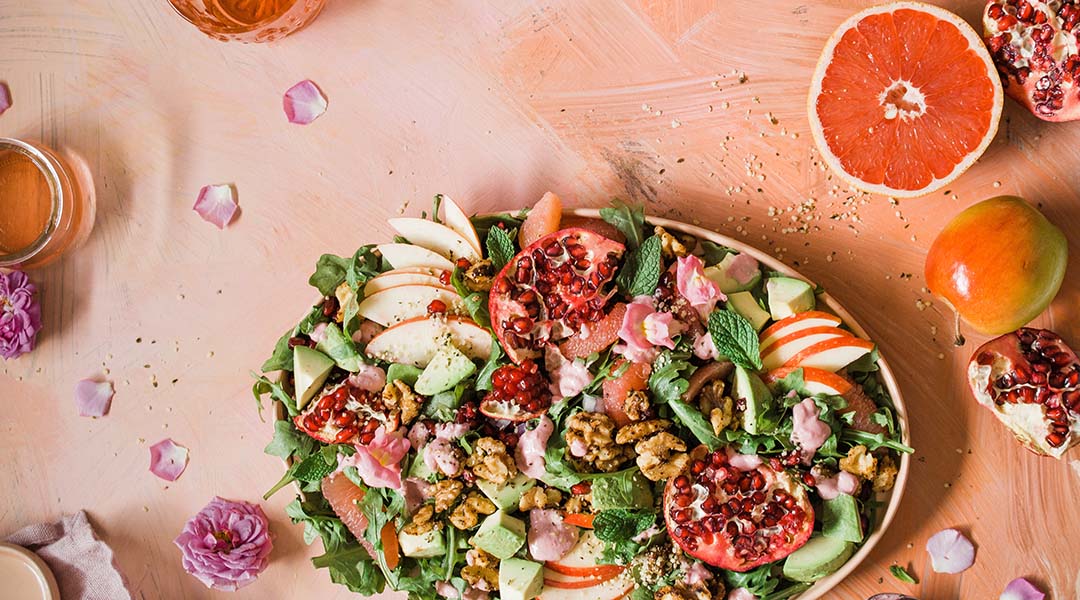
What about the Mediterranean lifestyle reduces mortality? Scientists find out
Scientists unravel the factors of the Mediterranean lifestyle that lead to reduced mortality and how it can be adopted in non-Mediterranean populations.
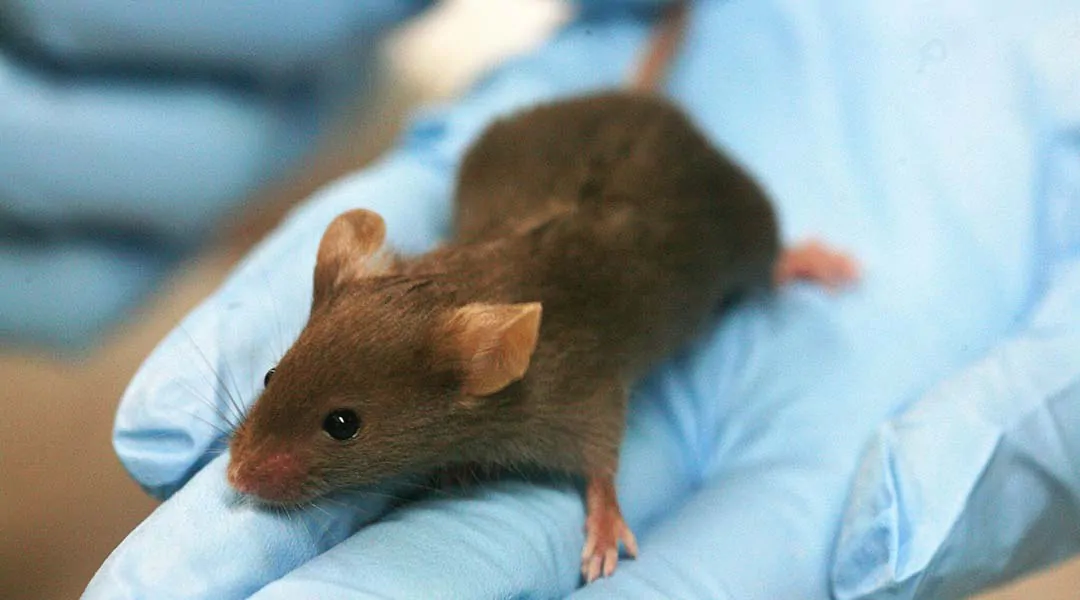
First animal model to show the effects of gender-affirming hormone therapy on fertility
Scientists investigate the impact of hormone therapy on the fertility of trans individuals, shedding light on unknown aspects of reproductive health.
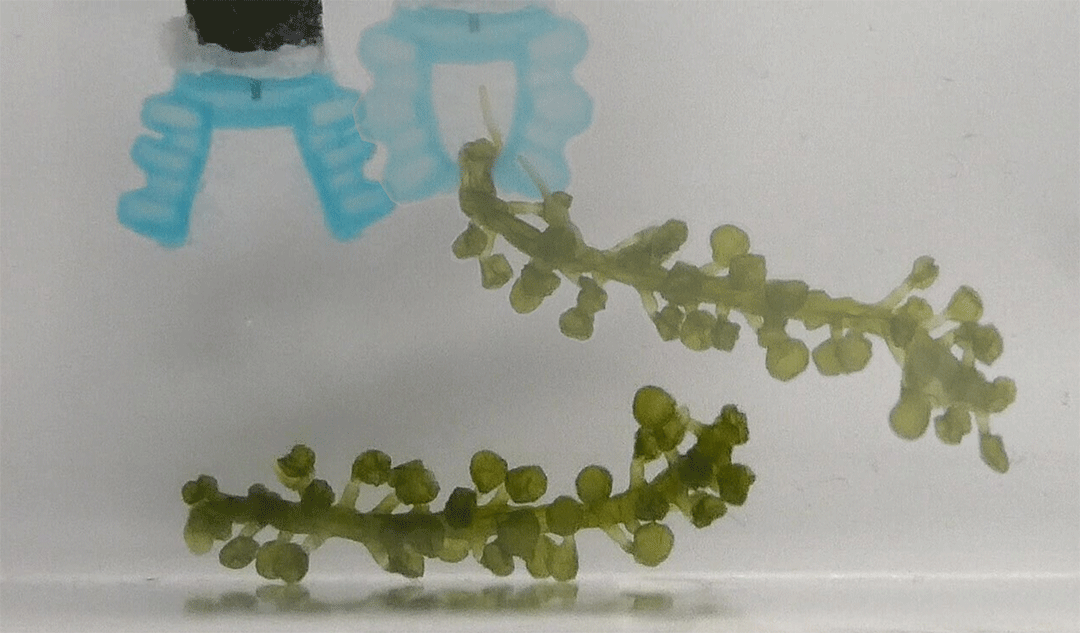
Gentle robots made from brown seaweed to explore fragile marine environments
Biodegradable soft robots made from brown seaweed and hydrogels enable the exploration of fragile environments with minimal environmental impact.

Powering wearable health monitoring devices without batteries
A battery-free wearable device wirelessly monitors health using body heat for continuous power.

Thin film improves “usable light” needed to grow microalgae on industrial scales
A textured film maximizes sunlight by generating an increased amount of red light, reducing the costs of algae production on a significant scale.
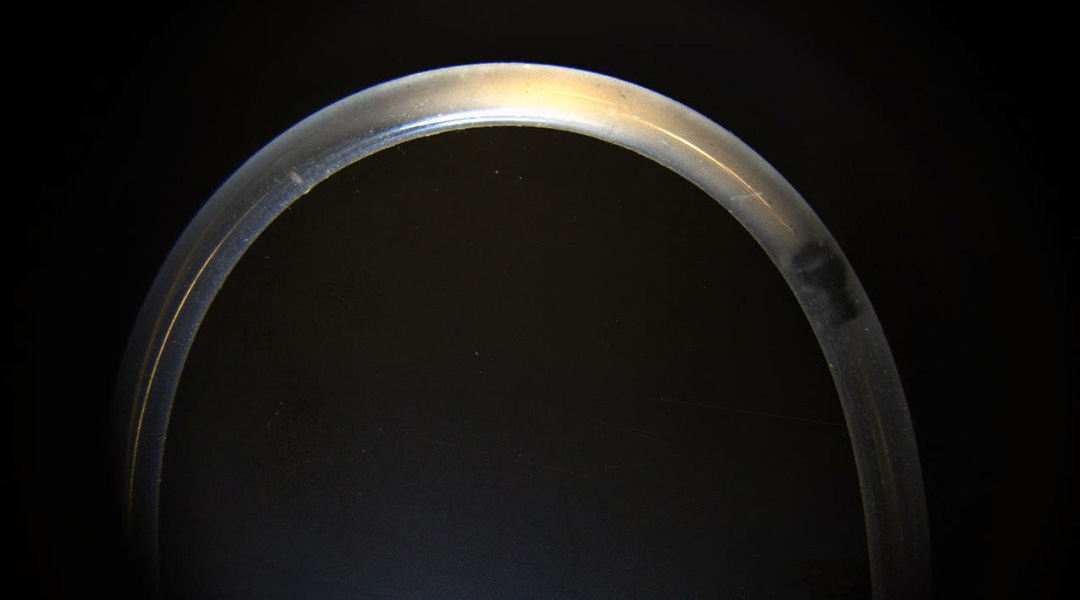
Micromachines destroy bacterial biofilms in hard-to-reach places
Magnetic hydrogel micromachines break up biofilms and release antibiotics, combating biofilm infections associated with medical devices.

Back to the future with an ammonia economy
With a fossil fuel–derived climate catastrophe on our doorstep, many see ammonia as a possible alternative fuel source.
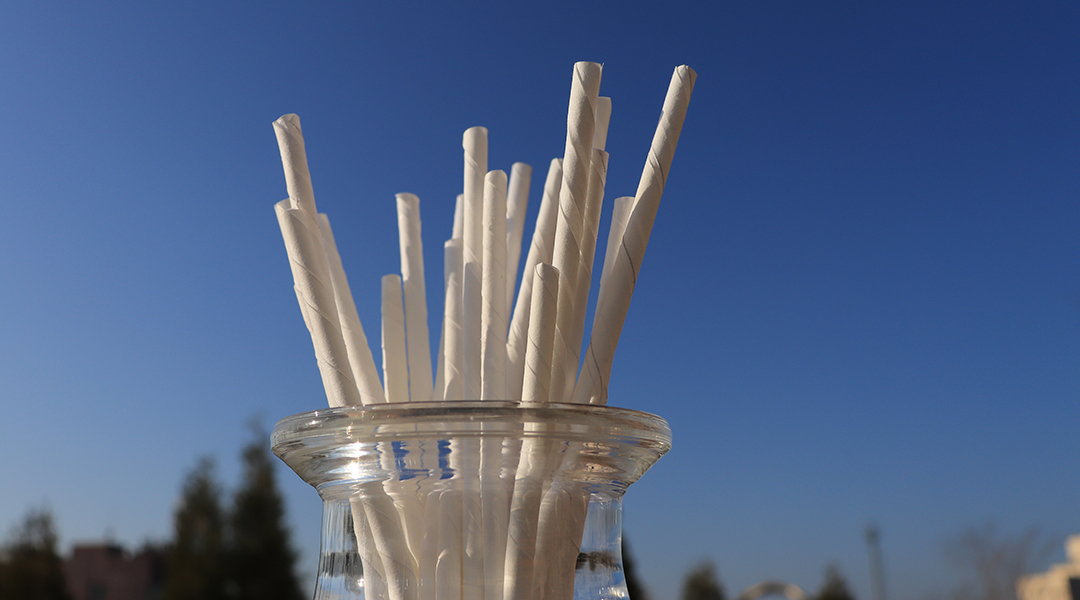
Finally, an anti-fizzing paper straw that doesn’t get soggy
Soggy, limp paper straws have for too long been the only option to minimize plastic waste, but a new, improved design will remedy this.

Where in the world will direct air capture be most effective?
With varying climate conditions around the world, where are the most cost-effective locations to deploy direct air capture facilities?
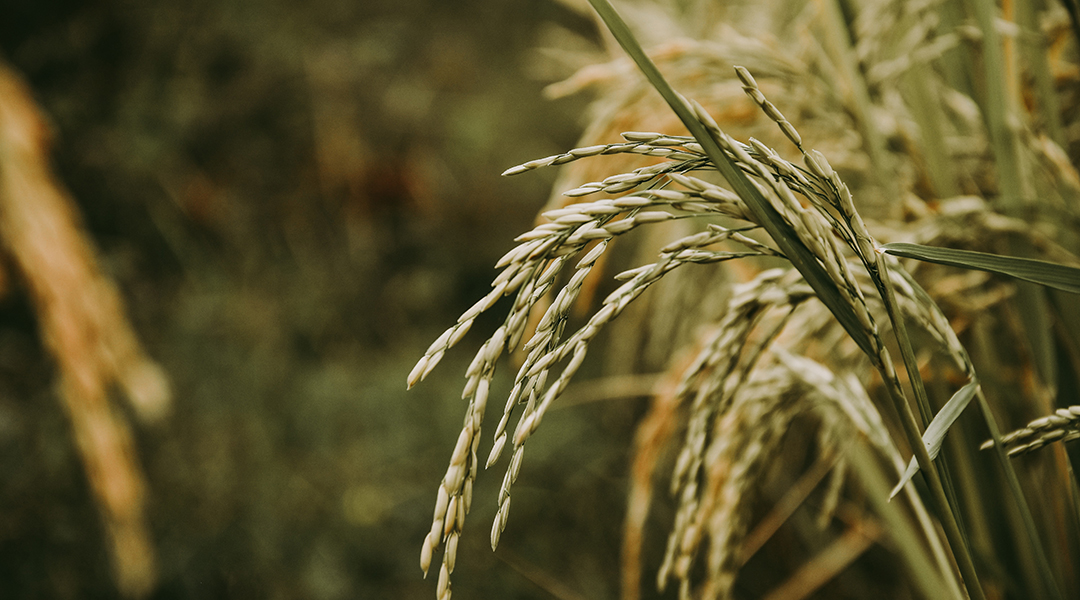
How do nanoplastics affect crop yield and nutrition?
From soil to the seed, nanoplastics were shown to accumulate in rice and peanuts with potential affects on crop yield and nutrition.
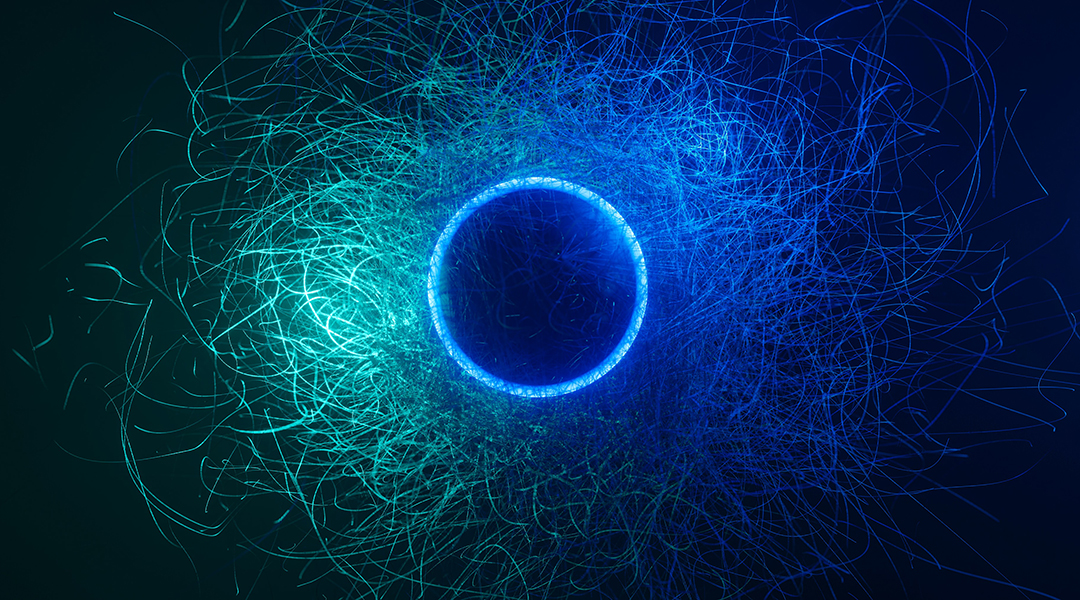
How does classical physics arise from quantum mechanics?
Emergence of classicality states that a quantum description of a large object must be the same as its classical description, but this isn’t always so…
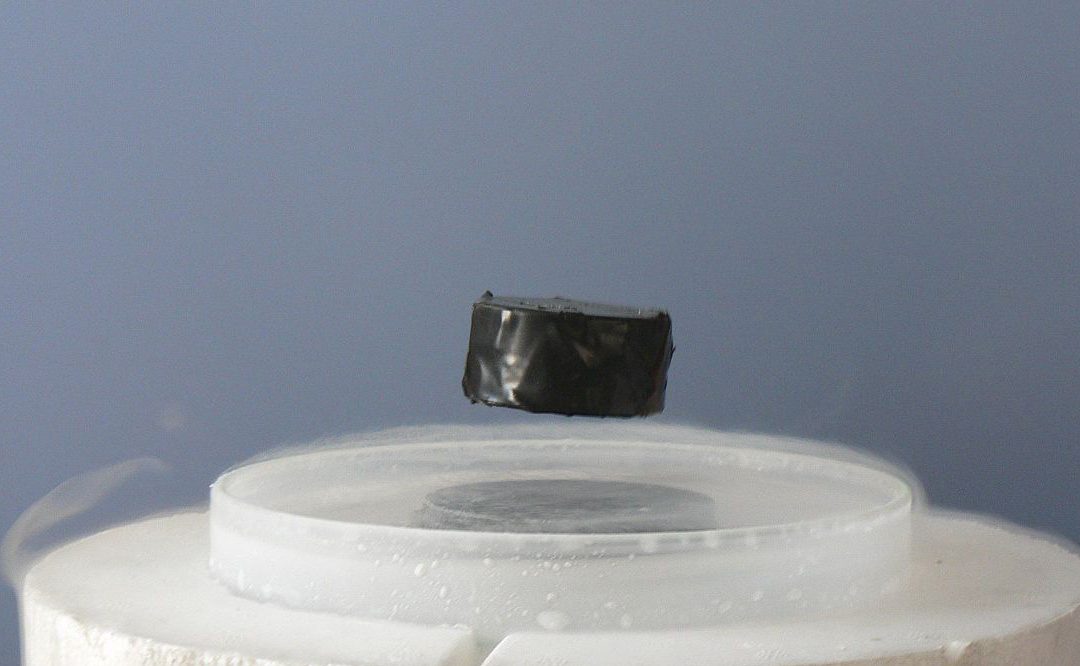
An important step toward the theory of superconductivity
Understanding room temperature superconductivity one step closer thanks to researchers looking at the effects of pressure.
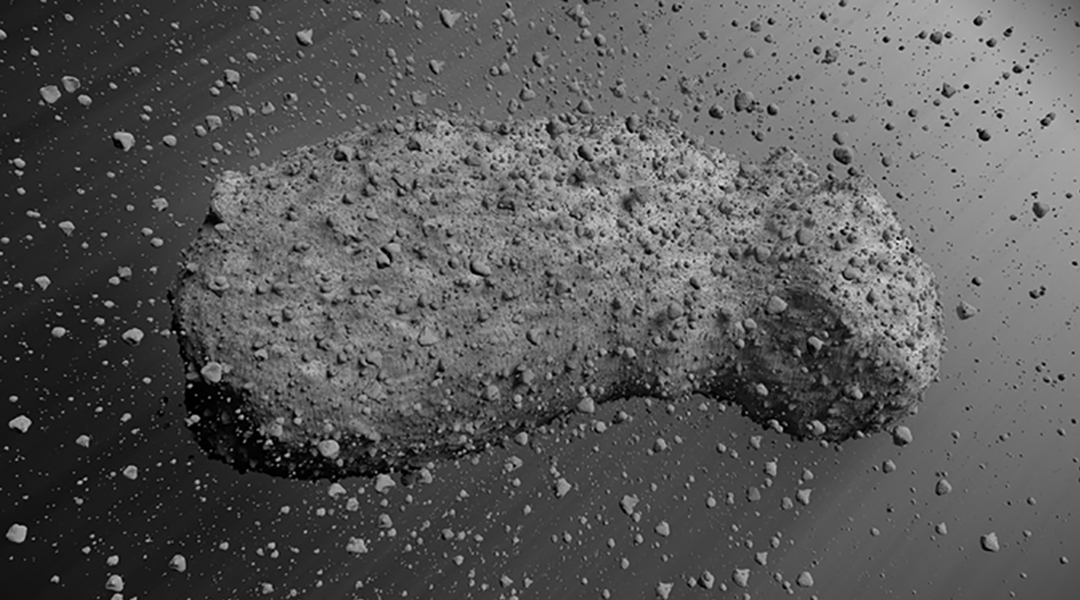
Itokawa asteroid is a rubble pile that could be tough to destroy
Analysis of dust particles collected from the surface of the 500-meter-long asteroid has implications for planetary defense.
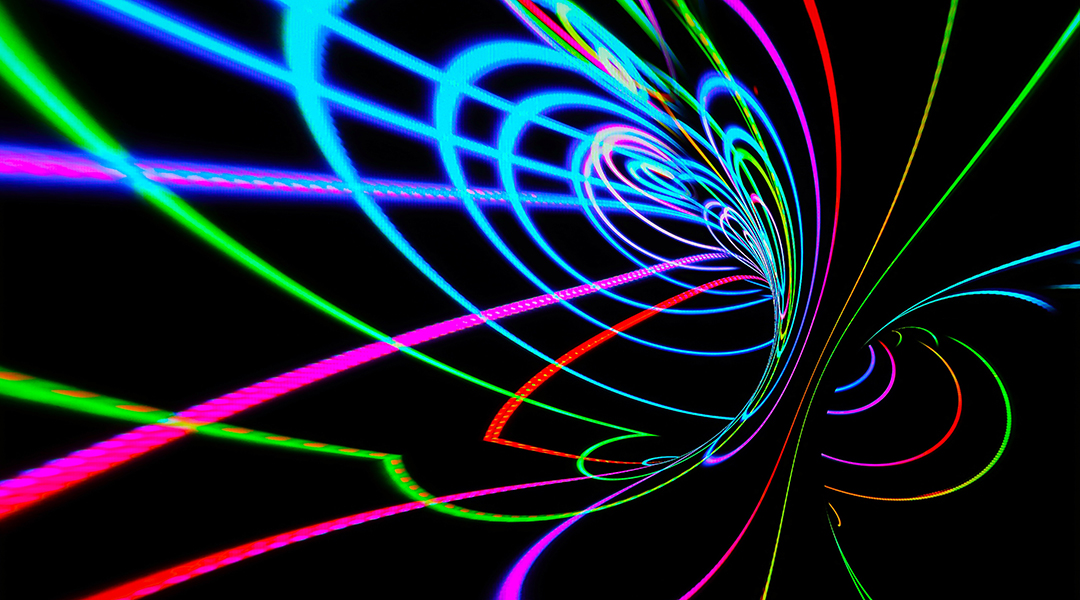
Entangling particles helps improve the accuracy of quantum measurements
Using 19 different quantum computers, scientists demonstrate how entangled particles break limitations in accuracy on the sub-atomic scale.



